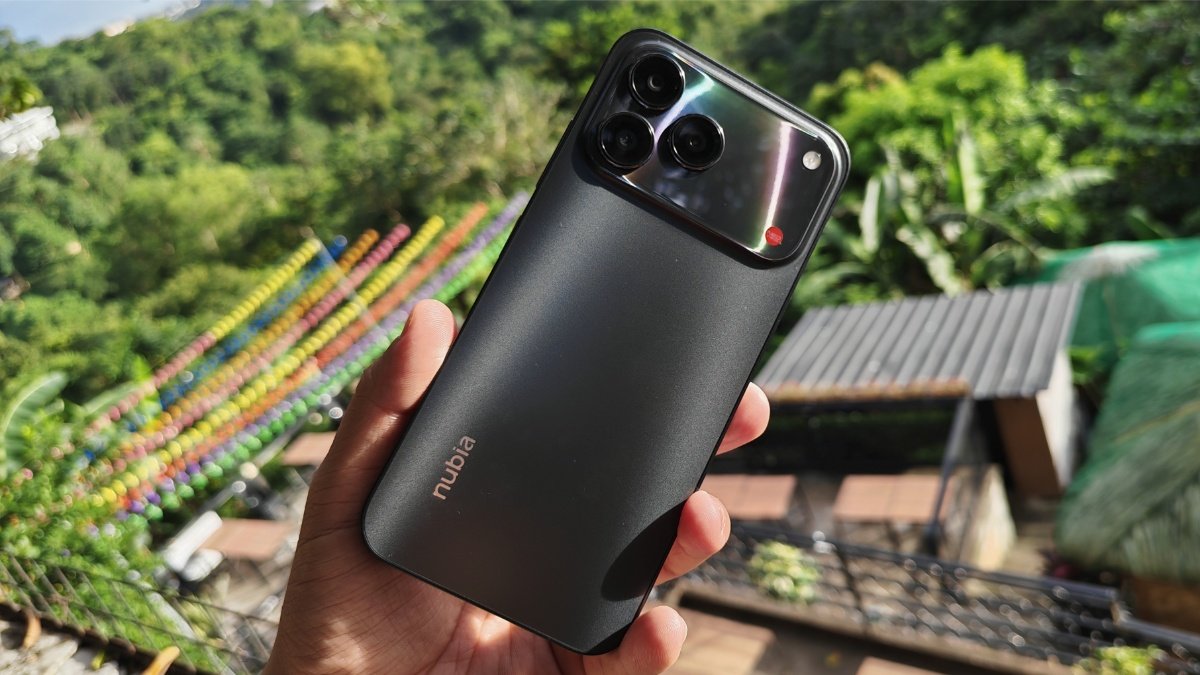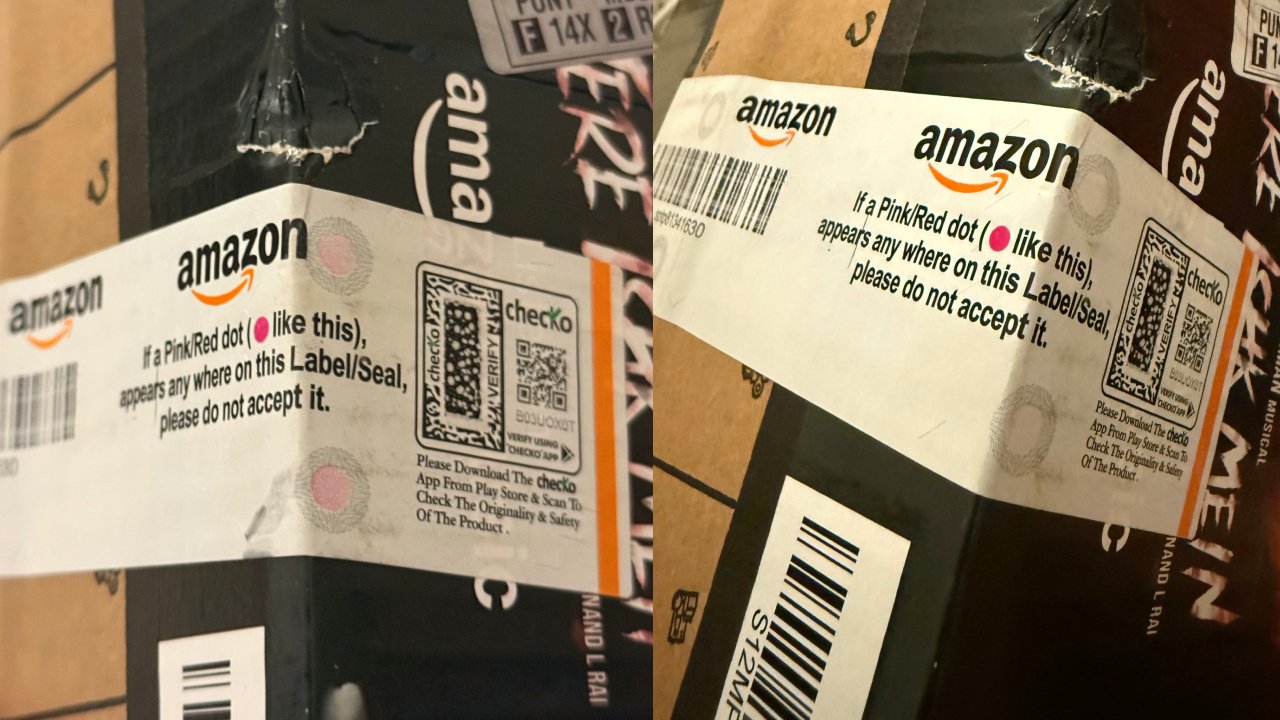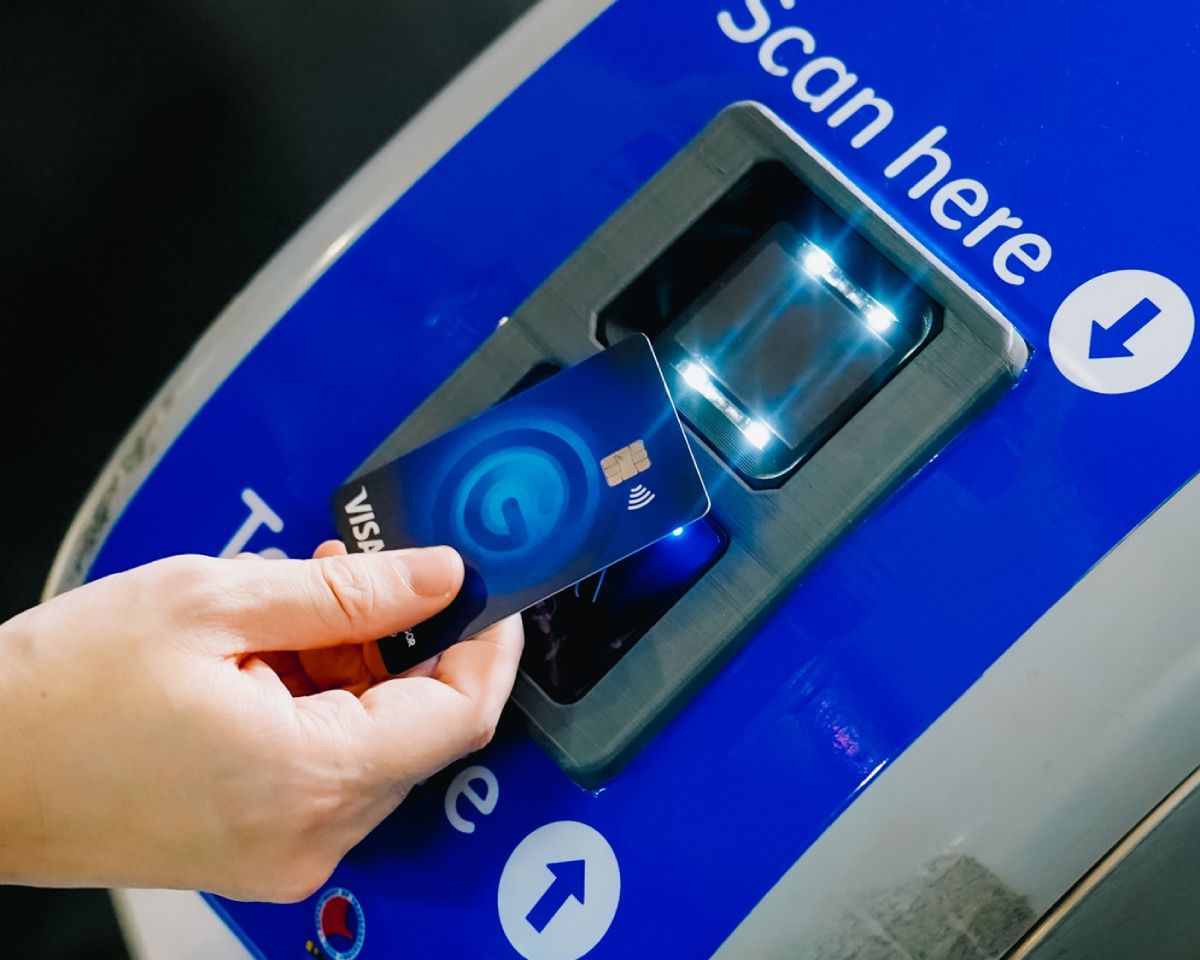There’s a recurring pattern on YouTube, livestreaming, and social media that we, as Filipinos, often fail to notice—or we choose to ignore. Foreign content creators, particularly in the early stages of building their audience, suddenly post content about the Philippines. They try our food, speak a few Tagalog words, shout “Mabuhay!” and are instantly met with a wave of likes, shares, and emotional comments from Filipinos around the world.

This tactic is commonly known online as Pinoy baiting—when international creators make content centered on the Philippines primarily to attract clicks and engagement from the Filipino audience rather than out of genuine appreciation or connection.
Here’s why it matters
The Philippines has a huge, highly active online population. Our reactions are immediate and emotional, often fueled by national pride. Content creators understand this well and use our predictable behavior to their advantage—especially those looking to go viral quickly.
The playbook is simple: Say something nice about the Philippines, show admiration for Filipino culture, try Jollibee or street food, feature those you talk to, and sprinkle a few Tagalog words into your video. The result? Thousands of comments, millions of views, and a loyal following—at least temporarily. Some creators move on after farming enough engagement; others repeat the formula in other countries.
There’s nothing wrong with foreigners appreciating Filipino culture. In fact, real appreciation should be welcomed. But when creators use our identity as a stepping stone for their own fame or monetization, it crosses into exploitation. That’s when admiration becomes opportunism.
A pattern we feed into
It’s important to understand how our own online behavior makes us vulnerable to this cycle.
According to the 2019 We Are Social and Hootsuite Digital Report, Filipinos spend the most time on social media globally—an average of nearly 4 hours per day. We are quick to share content that features our culture or language, regardless of context or source. This makes the Philippines an ideal target market for creators chasing virality.

There’s also a deeply rooted sense of nationalism that gets triggered when we are recognized globally. This is often labeled “Pinoy pride.” It’s the same energy that turns into mass celebrations whenever a Filipino is featured on foreign media, even if the coverage is shallow. Researchers call this phenomenon “digital bayanihan”, where collective Filipino pride online translates into algorithmic power.
In short, when we see someone, especially a foreigner, say anything remotely flattering about the Philippines, we rush to boost it—often without critical thinking. This has turned our national identity into easily clickable content.
The Vitaly Zdorovetskiy incident
A recent example of a creator taking advantage of the country’s online engagement is the case of Russian-American YouTuber and prankster Vitaly Zdorovetskiy. He entered the Philippines and staged several public stunts for content—including shirtless antics and provocative behavior in places like Bonifacio Global City. While some of his actions were intended to be comedic or viral, they sparked local backlash for being inappropriate and disrespectful to public decency laws.

As a result, the Bureau of Immigration issued a public warning in April 2025 against foreign vloggers using the Philippines as a backdrop for illegal or questionable activities aimed at online fame. The statement emphasized that such actions may result in blacklisting and/or deportation, just like what happened to Vitaly.
This is not just about one man behaving badly. It’s a reflection of how the Philippines is perceived by some foreign influencers—not as a place with people, rules, and culture, but as an easy backdrop to manufacture reactions and engagement.
Vitaly is not the first to do this, and he likely won’t be the last. What’s alarming is that some Filipinos, especially on TikTok and YouTube, initially celebrated his presence—proving yet again how vulnerable we are to even the most shallow forms of recognition.
The case of Nas Daily and performative appreciation
Another notable example is Nuseir Yassin, better known as Nas Daily. He rose to global fame by creating short, fast-cut videos showcasing different cultures, including the Philippines. His videos about Filipino generosity and resilience were widely shared, and many Filipinos embraced him as a “friend of the country.”

However, things took a turn in 2021 when Nas was accused of exploiting the image of Whang-Od, a respected traditional tattoo artist from the Kalinga tribe, by announcing an online course featuring her under the Nas Academy platform. It was later revealed by Whang-Od’s family and the National Commission on Indigenous Peoples (NCIP) that no proper consent had been obtained, and the cultural and legal frameworks protecting indigenous heritage were ignored.
While Nas denied any wrongdoing and said that consent was obtained, the incident exposed the risks of turning Filipino culture into content. It wasn’t just a paperwork issue—it was about using heritage, identity, and reputation as assets in a content strategy.
The controversy showed how easily admiration can turn into appropriation when creators prioritize virality over respect and due process. It also reminded us that even those who seem well-meaning can fall into exploitative patterns when they commodify identity and tradition.
The engagement economy and who benefits
Foreign creators know the Philippine market is one of the most active online. We are generous with likes, open with praise, and extremely forgiving of mistakes—especially if the creator says “Mahal ko kayo” or eats balut on camera. These creators often receive more engagement from Filipinos than from their home audiences.
But what happens after the video goes viral? More often than not, they move on. The Philippines becomes just another content chapter. Some come back later with new campaigns, brand partnerships, or even personal tours—all monetized, all benefiting the creator.
What we rarely ask is: How does the Filipino audience benefit? Are we being seen as a community worth building with—or simply as a digital engagement goldmine?
There are, of course, content creators who make long-term commitments to the country, invest in local stories with nuance, or collaborate meaningfully with local talent. But they are the exception. The vast majority are simply passing through, leveraging the Filipino audience for their growth.
We need to ask better questions
The issue isn’t just about creators—it’s about how we, as a digital society, respond to being seen. We’ve reached a point where any foreigner saying “Magandang umaga” is treated like a cultural ambassador, and that says more about us than it does about them.
We can’t always control what creators choose to publish, but we can control how we respond. Here are some questions worth asking the next time a foreign creator features the Philippines:
- Is this content built on respect or just quick recognition?
- Is there depth to what’s being shown, or is it surface-level praise?
- Does the creator engage meaningfully with local voices or just use them for visuals?
- Are we being shown as complex, modern people—or as clichés for feel-good narratives?
Pinoy-baiting thrives because we let it. Our clicks, shares, and emotional outpouring fuel its success. Until we learn to distinguish between genuine representation and algorithm-driven clout-chasing, we will continue to be targets—not participants—in how our identity is portrayed online.
The next time someone posts a video about how “amazing” the Philippines is, let’s pause and think: Are they here for us—or just for the numbers?
Welcome to Root Access – a new WalasTech section where I share insights on how tech impacts Filipinos. Here, we tackle pressing issues, trends, and topics that challenge the norm in tech, culture, and society. Root Access unpacks complex topics with an unfiltered approach. New posts are published once a week on April and will be on Mondays starting May.


























Leave a Reply